For decades, the fashion industry sold one version of beauty: tall, thin, with sharp cheekbones and zero body fat. It wasn’t just a preference-it was a rule. Magazines, runways, and ads showed the same faces over and over. If you didn’t fit that mold, you weren’t considered beautiful. But something changed. Slowly at first, then all at once. Female models started showing up who didn’t look like the old standard-and the world didn’t look away.
They’re Not Just Models Anymore
Today’s female models aren’t just walking clothes. They’re activists, storytellers, and change-makers. Ashley Graham didn’t wait for brands to ask her to model in sizes 12 and up-she demanded it. She walked in the Victoria’s Secret runway in 2016, the first plus-size model to do so in over a decade. That moment didn’t just make headlines. It broke a door down. Since then, brands like Savage X Fenty, Aerie, and Dove have built entire campaigns around real bodies-not airbrushed illusions.
And it’s not just size. Models like Paloma Elsesser, who is curvy, Black, and proudly wears her natural hair, are redefining what it means to be on a runway. Her presence isn’t an exception-it’s becoming the norm. In 2024, over 40% of the top 50 fashion shows in New York, London, Milan, and Paris featured models who were size 12 or larger. That’s up from just 8% in 2018.
Disability, Age, and Skin Tone Are Part of the New Normal
Beauty isn’t just about size anymore. It’s about who gets to be seen. Models like Jillian Mercado, who uses a wheelchair due to muscular dystrophy, have walked for Nordstrom, Neiman Marcus, and Diesel. She doesn’t wear her disability as a prop-it’s part of her identity. And brands are listening. When a campaign features a model with a prosthetic leg, vitiligo, or gray hair, it’s not a token gesture. It’s a signal: beauty has no single shape.
Age is no longer a barrier either. Maye Musk, Elon Musk’s mother, landed a cover of Vogue at age 70. She didn’t pose as a ‘mature model’-she posed as a model, period. Her campaign for CoverGirl in 2023 was one of the most-watched beauty ads of the year. And it wasn’t because she was ‘surprising.’ It was because she looked powerful, confident, and real.
And then there’s skin tone. The industry used to favor pale complexions, often sidelining models of color. Now, models like Adwoa Aboah, Winnie Harlow, and Lila Moss are front and center-not because they’re ‘diverse picks,’ but because they’re exceptional. In 2024, 47% of models on the covers of major fashion magazines were women of color, up from 22% in 2015.
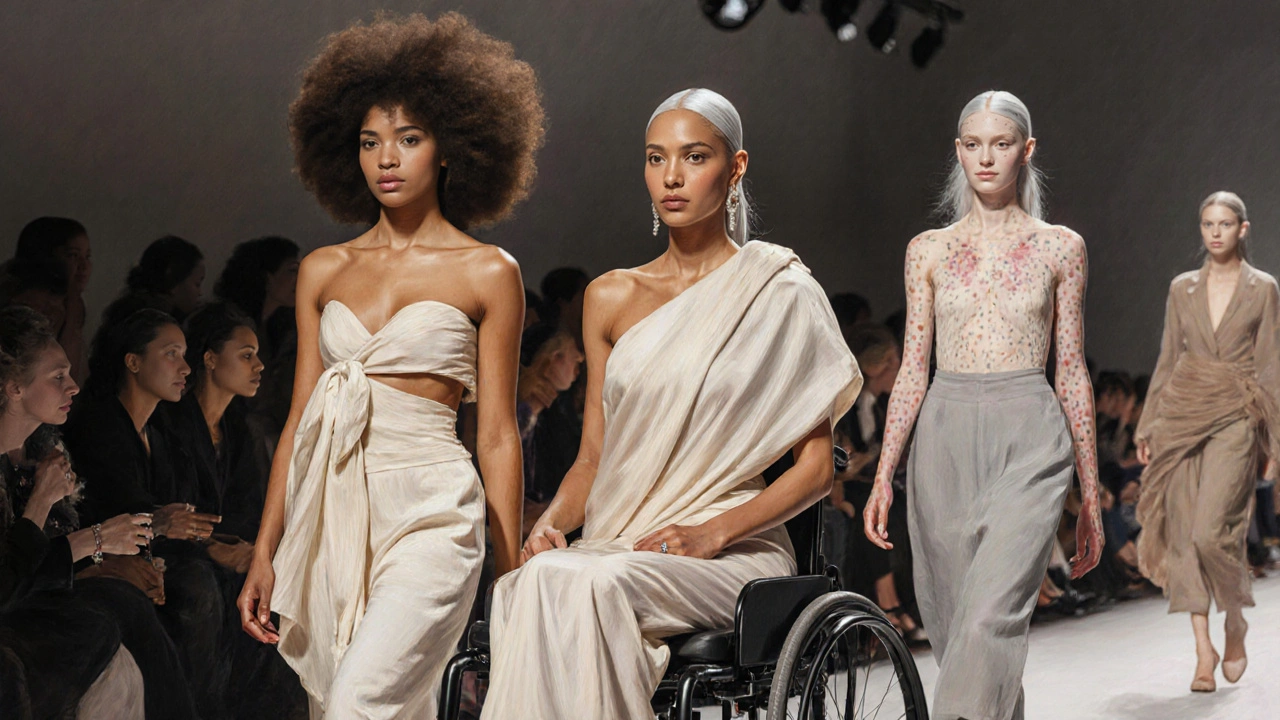
Why This Matters Beyond the Runway
This shift isn’t just about fashion. It’s about mental health. A 2023 study by the University of Brighton found that young women who regularly saw diverse body types in media reported 32% less body dissatisfaction than those who only saw traditional models. When girls see someone who looks like them on a billboard, they don’t feel broken. They feel seen.
It’s also changing how brands sell. Companies that stuck to the old mold are losing market share. A 2024 Nielsen report showed that inclusive campaigns grew sales 18% faster than traditional ones. Consumers aren’t just buying products-they’re buying values. And they’re voting with their wallets.
Even luxury brands that once resisted change are adapting. Chanel’s 2025 campaign featured a 58-year-old model with stretch marks and a 14-year-old model with acne. No retouching. No hiding. That’s not a marketing stunt-it’s a statement.
The Pushback Is Real
But this progress didn’t come without resistance. Some agencies still refuse to sign models over size 10. Some photographers still demand ‘slimmer’ looks. Some editors still say, ‘That’s not the aesthetic.’
And social media has become a battleground. Critics call these changes ‘woke washing’ or ‘forced diversity.’ But the data doesn’t lie. When brands include real women, engagement goes up. Comments shift from ‘How can she call that beautiful?’ to ‘I wish I looked like that.’
It’s not about changing beauty. It’s about expanding it. Beauty isn’t being redefined-it’s being returned to its true form: varied, messy, human.
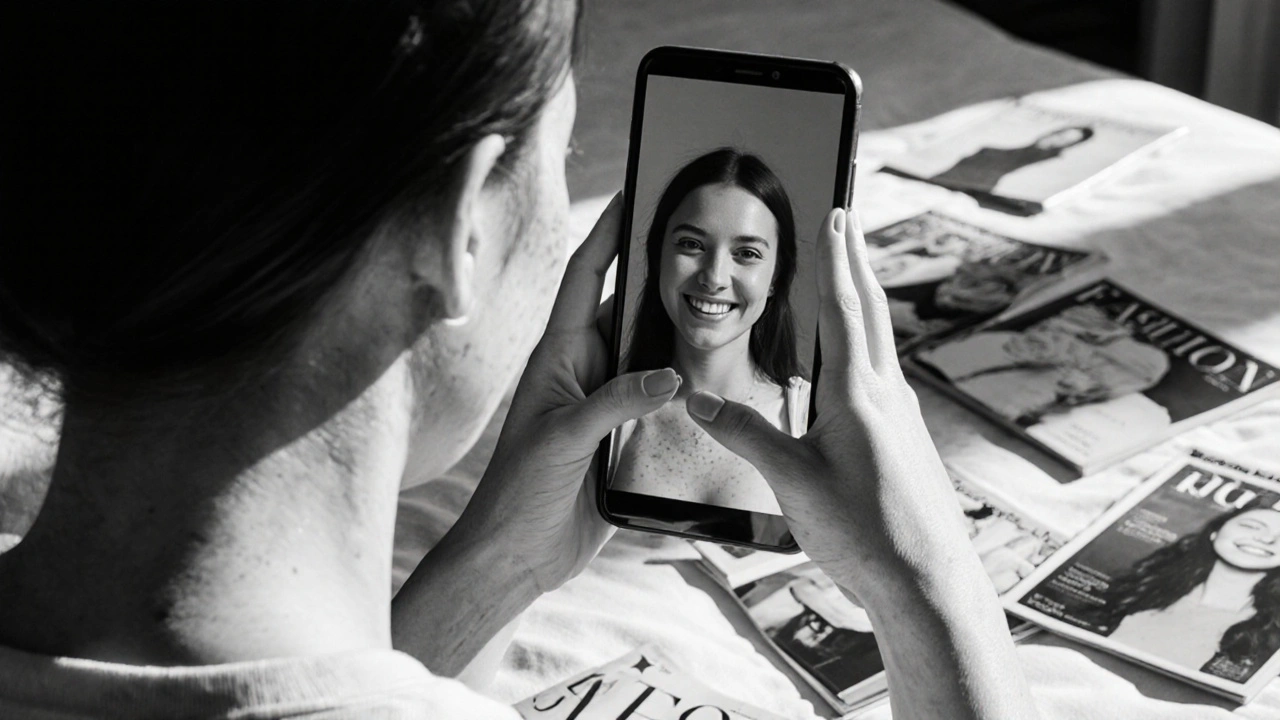
What’s Next?
The next wave isn’t just about more models. It’s about control. More female models are starting their own agencies. More are negotiating contracts that ban retouching. More are demanding equal pay regardless of size, age, or skin tone.
Model Naima Mora launched her own agency in 2023, focused on representing women over 30. She doesn’t call them ‘mature’-she calls them ‘seasoned.’ Her roster includes women who’ve raised kids, survived cancer, and worked in factories. They’re not ‘inspirational’ because they’re ‘overcoming.’ They’re inspiring because they’re just living.
And the next generation? They’re not waiting. Gen Z models are using TikTok to build their own brands, bypassing agencies entirely. They’re posting unedited photos, talking about their stretch marks, their cellulite, their scars. And their followers? Millions. They’re not asking for permission. They’re rewriting the rules.
What You Can Do
You don’t have to be a model to be part of this change. Here’s how you can help:
- Follow models who don’t fit the old mold. Support them on Instagram. Share their work.
- Call out retouched images. Tag brands and say, ‘This looks fake. Show the real skin.’
- Buy from brands that feature real people-not just ‘diverse’ models in one campaign.
- Teach young people that beauty isn’t a size. It’s confidence, expression, and authenticity.
Change doesn’t happen because someone in a boardroom decided to be nice. It happens because people refused to look away. Because models stood up. Because consumers spoke up. Because someone, somewhere, posted a photo of themselves with the caption: ‘This is me. And I’m enough.’
That’s the new standard. And it’s beautiful.
Are female models still pressured to be thin in the industry?
Yes, pressure still exists, but it’s weakening. While some agencies and designers cling to outdated ideals, the majority of major fashion houses now actively seek diverse body types. In 2024, over 60% of top fashion brands publicly banned size discrimination in casting. Still, underground pressure lingers in smaller markets and editorial shoots, which is why grassroots advocacy remains critical.
How do models with disabilities get discovered?
Many models with disabilities are discovered through social media, activism, or specialized agencies like Models with Disabilities (MWD) in London and The D’Lance Agency in New York. Unlike traditional agencies, these organizations prioritize representation over conventional looks. Some, like Jillian Mercado, were already influencers before being signed. Their visibility on platforms like Instagram made them impossible to ignore.
Why are brands suddenly embracing diverse models?
Because it works. Inclusive campaigns drive higher engagement, longer viewing times, and increased sales. A 2024 McKinsey report found that brands with diverse representation saw a 19% boost in customer loyalty. Consumers today don’t just want to see themselves-they want to see their values reflected. Brands that ignore this risk becoming irrelevant.
Is there a difference between ‘plus-size’ and ‘curvy’ models?
Yes. ‘Plus-size’ typically refers to models wearing sizes 12 and up, based on industry sizing. ‘Curvy’ is a more subjective term often used to describe a fuller, hourglass figure regardless of exact size. Many models reject both labels, preferring to be called simply ‘models.’ The industry is slowly moving away from these categories, focusing instead on individuality rather than labels.
Can a model be too old for fashion?
No-there’s no official age limit. Maye Musk, at 75, is still shooting campaigns. The idea that models must be young is a relic of the past. Brands are realizing that maturity brings authority, depth, and authenticity. In fact, models over 40 are now the fastest-growing segment in luxury advertising, with campaigns for L’Oréal, Armani, and Gucci leading the charge.
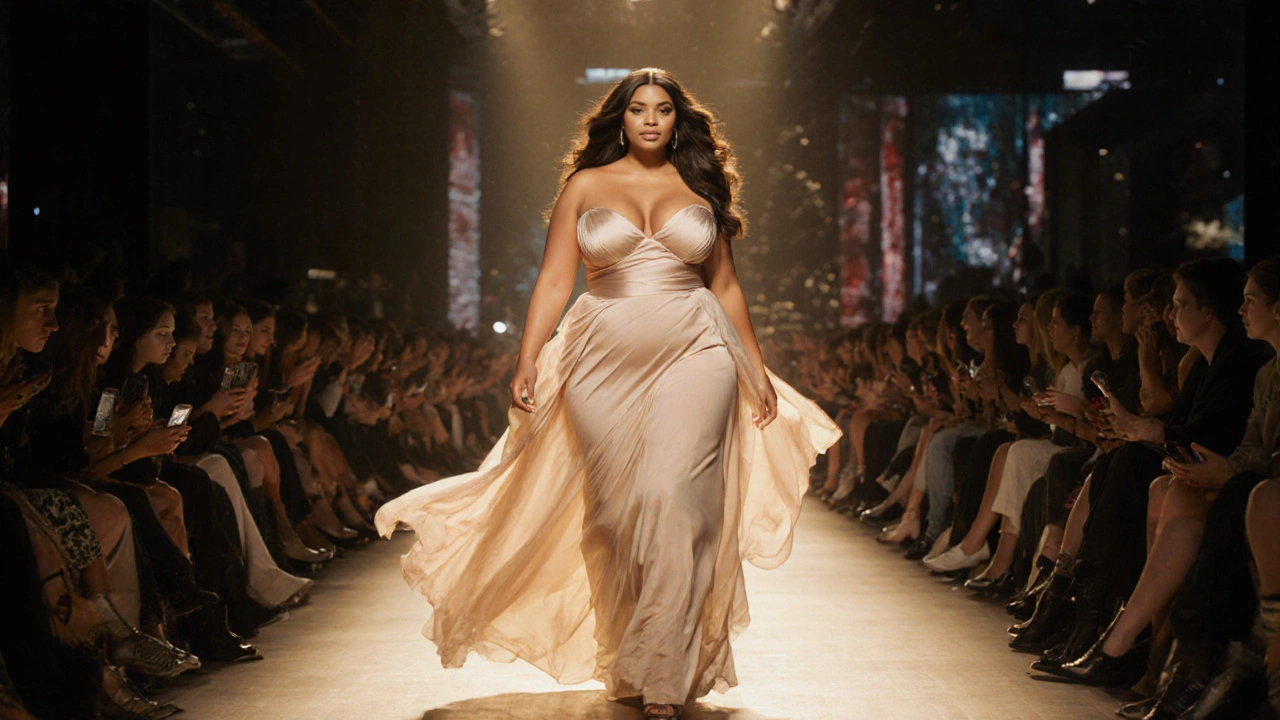
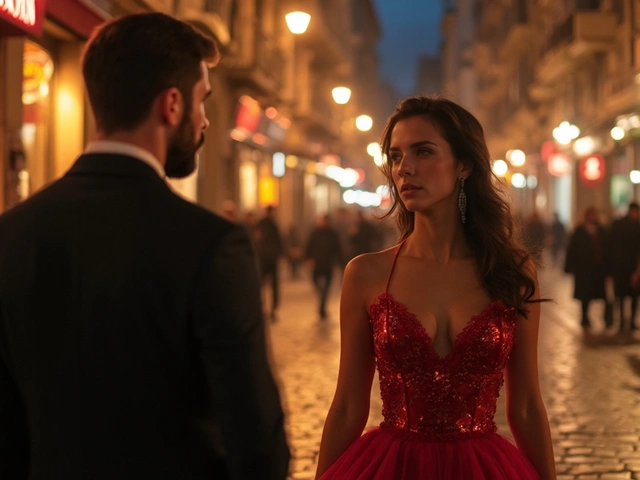
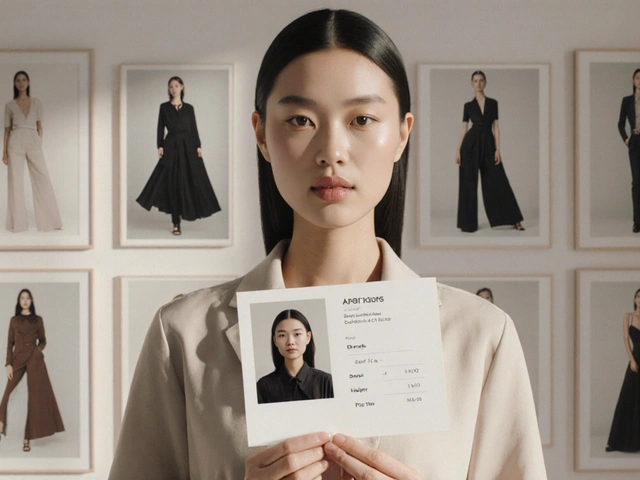
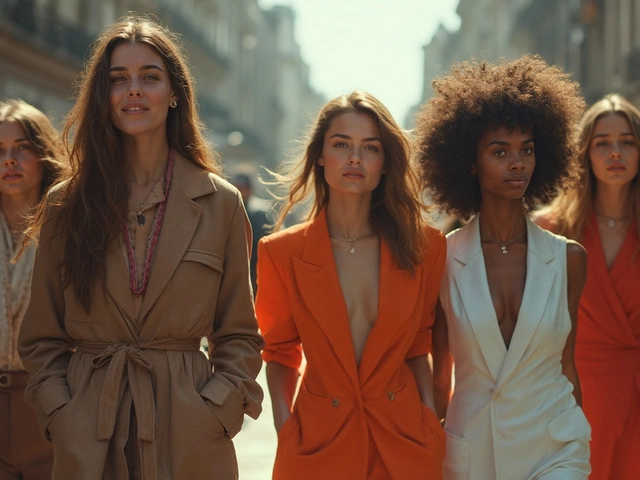

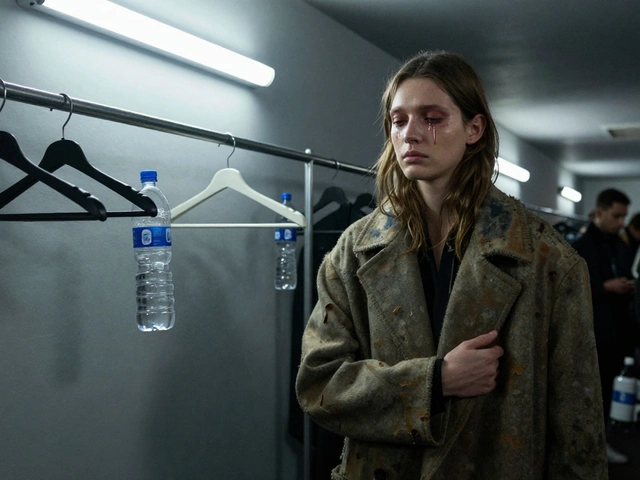
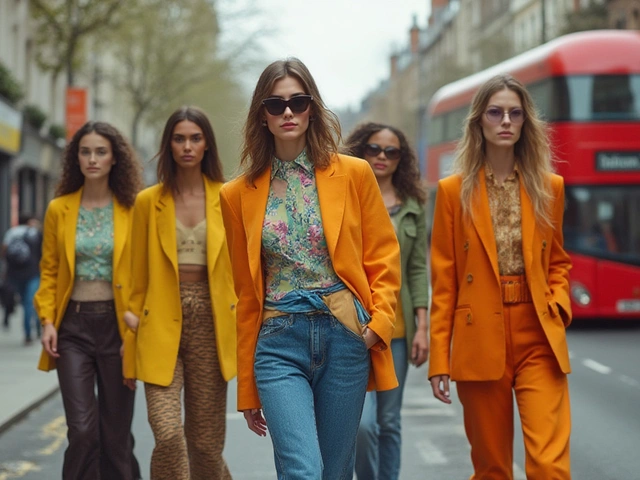


November 7, 2025 AT 12:24
Matt Kay
This is just political correctness masquerading as progress. The fashion industry has standards for a reason-efficiency, aesthetics, marketability. You can’t just replace tradition with virtue signaling and call it beauty.
November 8, 2025 AT 23:18
Lashawn Darden
OH MY GOD YOU GUYS. I just saw a 70-year-old woman in a bikini ad and I almost threw up. This isn't beauty-it's desperation. They're forcing this stuff down our throats because they know real beauty doesn't sell anymore. Wake up! The industry is collapsing under its own woke weight!
November 10, 2025 AT 14:25
Janey Doe
Just a quick note: 'curvy' and 'plus-size' are not interchangeable terms. The former describes body shape, the latter refers to sizing. Using them loosely contributes to the very confusion this movement is trying to fix. Also, 'mature model' is a dated term-'seasoned' is better. Small edits, big impact.
November 12, 2025 AT 11:29
Pranto Rahman
From a structural economics standpoint, the paradigm shift in modeling is a direct result of algorithmic feedback loops on social media platforms-user engagement metrics have become the new gatekeepers, displacing traditional editorial gatekeeping. The monetization of authenticity via influencer capitalism has rendered the old aesthetic hierarchies obsolete. Brands are optimizing for virality, not Vogue. The data is irrefutable: inclusion = engagement = ROI. This isn't morality-it's market equilibrium.
November 13, 2025 AT 06:21
Pranav Brahrunesh
Let me tell you what they don't want you to know-this isn't about beauty at all. It's a controlled demolition of Western standards by globalist elites who want to erase identity. The same people pushing 'diverse' models are the ones cutting funding from art schools, shutting down classical training, and replacing it with identity-based casting. They don't care about real women-they care about control. And don't think for a second that the 'unretouched' photos aren't still staged, lit, and filtered by the same PR machines. It's all theater. The real beauty was in discipline, in symmetry, in the craft. Now it's just noise. And the worst part? You're all cheering for your own erasure.
November 14, 2025 AT 07:31
Kara Bysterbusch
It’s not progress. It’s replacement. They took the classic ideal and replaced it with a checklist: size, skin tone, disability, age. Now every model is a diversity bullet point, not a person. And the worst part? It’s boring. Everyone looks the same now-same posture, same smile, same 'authentic' scars. Where’s the art? Where’s the mystery? They turned beauty into a compliance form.